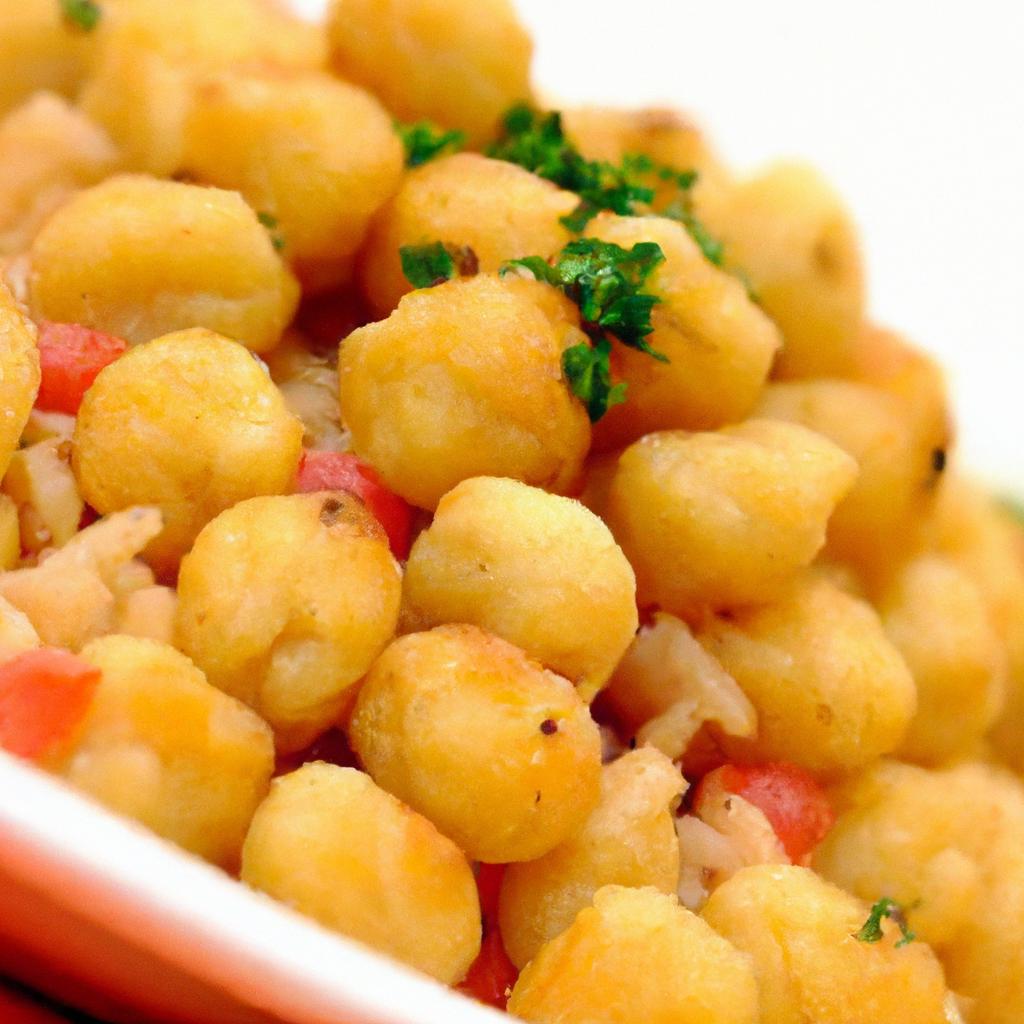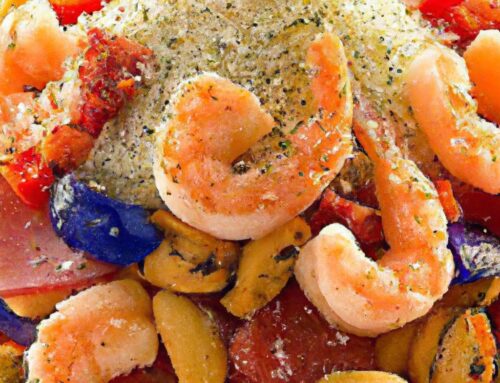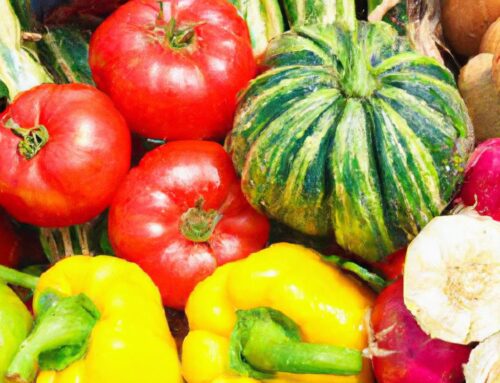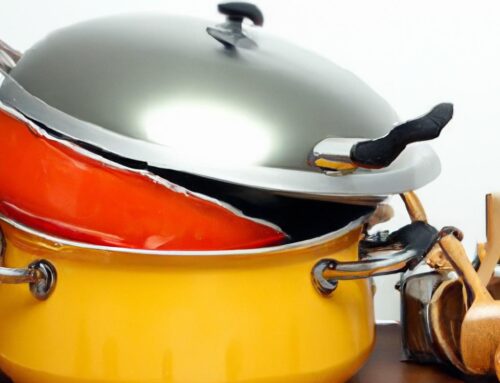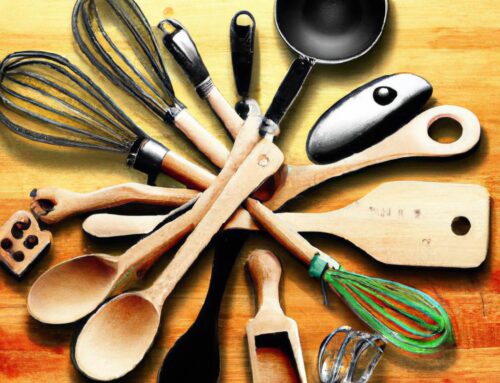Uncover the rich and vibrant flavors of Middle Eastern cuisine in our comprehensive guide to the essentials of Middle Eastern cooking. From aromatic spices to tantalizing dishes, join us on a culinary journey through the diverse and delicious world of Middle Eastern gastronomy. Whether you’re a seasoned chef or a curious food enthusiast, this article is your passport to exploring the exotic and mouth-watering culinary traditions of the Middle East.
Table of Contents
- Discovering Middle Eastern Spices and Ingredients
- Mastering the Art of Layering Flavors in Middle Eastern Dishes
- Exploring Traditional Middle Eastern Cooking Techniques
- Must-Have Kitchen Tools for Authentic Middle Eastern Cuisine
- Q&A
- Wrapping Up
Discovering Middle Eastern Spices and Ingredients
When it comes to Middle Eastern cooking, spices and ingredients play a crucial role in creating rich and flavorful dishes. One of the essential spices used in Middle Eastern cuisine is sumac, which adds a tangy and slightly sour flavor to dishes. Another must-have ingredient is za’atar, a blend of herbs like thyme, oregano, and marjoram, mixed with sesame seeds and sumac.
For those looking to add depth and warmth to their dishes, cardamom and cinnamon are popular spices used in Middle Eastern cooking. These spices are often used in both savory and sweet dishes, adding a unique flavor profile. Additionally, ingredients like tahini and pomegranate molasses are staples in Middle Eastern cuisine, contributing to dishes like hummus and fattoush salad.
Mastering the Art of Layering Flavors in Middle Eastern Dishes
Layering flavors is an essential technique in Middle Eastern cooking that takes dishes to a whole new level of deliciousness. By combining various spices, herbs, and condiments in just the right way, you can create complex and harmonious flavor profiles that will leave your taste buds craving more. One key aspect of mastering this art is understanding the balance between sweet, savory, tangy, and aromatic elements in a dish.
When layering flavors in Middle Eastern dishes, it’s important to pay attention to the order in which ingredients are added, as well as the cooking techniques used. For example, starting with a base of caramelized onions or toasted nuts can add depth and richness to a dish, while finishing with a sprinkle of fresh herbs or a drizzle of tangy pomegranate molasses can bring brightness and contrast. Experimenting with different combinations and proportions of flavors will help you develop a deeper understanding of how to create truly memorable and flavorful dishes.
Exploring Traditional Middle Eastern Cooking Techniques
The rich history of Middle Eastern cuisine is reflected in its traditional cooking techniques, which have been passed down through generations. One essential technique is the art of slow cooking, which allows flavors to develop and meld together over time. Whether it’s simmering a hearty stew or roasting tender meat, slow cooking in Middle Eastern cuisine is truly an art form.
Another key technique is the use of fragrant spices and herbs to elevate dishes to new heights. From the warm notes of cinnamon and nutmeg to the fresh burst of mint and parsley, Middle Eastern cooking is all about layering flavors to create complex and harmonious dishes. By mastering the art of spice blending, cooks can transform simple ingredients into a feast for the senses.
Must-Have Kitchen Tools for Authentic Middle Eastern Cuisine
The Essentials of Middle Eastern Cooking
One of the key elements to preparing authentic Middle Eastern cuisine is having the right tools in your kitchen. To truly capture the flavors and essence of this rich culinary tradition, here are some must-have kitchen tools that every home chef should have:
- Tagine: A traditional clay or ceramic cooking vessel with a conical lid that is used to slow-cook stews, meats, and vegetables. It helps to retain moisture and infuse dishes with deep, complex flavors.
- Mortar and pestle: Essential for grinding spices, herbs, and nuts to create flavorful pastes and blends commonly used in Middle Eastern cooking.
- Flatbread maker: Whether it’s a saj, tandoor, or just a simple griddle, having a device to make fresh flatbreads like pita, lavash, or naan is crucial for any Middle Eastern meal.
The Essentials of Middle Eastern Cooking
In addition to these traditional tools, here are a few more essential items that will elevate your Middle Eastern cooking game:
- Tea pot: Middle Eastern cuisine is known for its love of tea, so having a beautiful teapot to brew and serve mint or cardamom tea is a must.
- Vegetable peeler: With so many Middle Eastern dishes involving vegetables like eggplant, zucchini, and bell peppers, a good vegetable peeler will save you time and effort in the kitchen.
- Knife sharpener: Sharp knives are essential for precise cuts and chopping, so make sure to keep your blades in top condition with a reliable knife sharpener.
Q&A
Q: What are the key ingredients commonly used in Middle Eastern cooking?
A: A variety of spices like cumin, cinnamon, turmeric, and sumac, as well as grains such as rice and bulgur are commonly used in Middle Eastern cuisine.
Q: What cooking techniques are commonly used in Middle Eastern cooking?
A: Grilling, braising, and slow cooking are popular techniques in Middle Eastern cooking, as well as frying and sautéing.
Q: How important is hospitality in Middle Eastern culture and cooking?
A: Hospitality is a key aspect of Middle Eastern culture, and sharing meals with family and friends is a significant part of the culinary experience.
Q: What are some traditional Middle Eastern dishes that everyone should try?
A: Hummus, falafel, tabbouleh, and kebabs are some of the most well-known Middle Eastern dishes that everyone should try.
Q: How does Middle Eastern cooking differ from other cuisines?
A: Middle Eastern cooking often incorporates a mix of savory and sweet flavors, as well as a wide variety of spices and herbs that create unique and aromatic dishes.
Q: What are some tips for beginners looking to cook Middle Eastern cuisine?
A: Experiment with different spices and ingredients, and don’t be afraid to try new dishes. Start with simple recipes and gradually work your way up to more complex dishes.
Q: How does Middle Eastern cooking promote healthy eating?
A: Middle Eastern cuisine often emphasizes using fresh, locally sourced ingredients like fruits, vegetables, and lean proteins, making it a healthy choice for those looking to eat a balanced diet.
Wrapping Up
Delve into the rich and flavorful world of Middle Eastern cooking with these essential tips and techniques. From fragrant spices to mouthwatering dishes, the cuisine of the Middle East is sure to tantalize your taste buds and transport you to a land of ancient traditions and bold flavors. So grab your apron, sharpen your knives, and get ready to embark on a culinary journey like no other. Experience the magic of Middle Eastern cooking and bring a taste of the exotic into your own kitchen today. Bon appétit!

